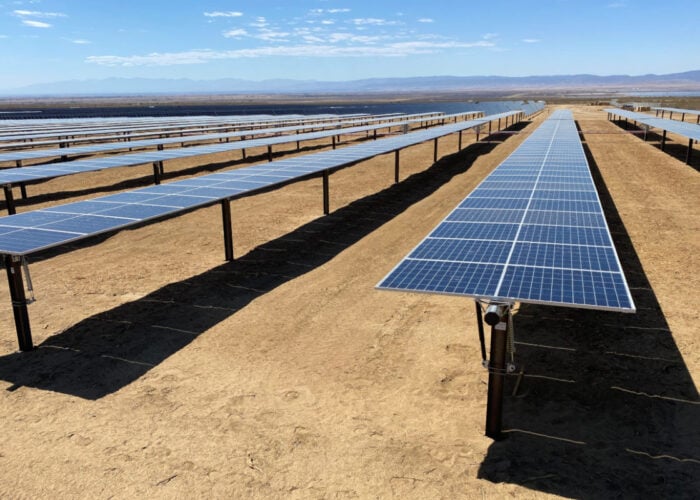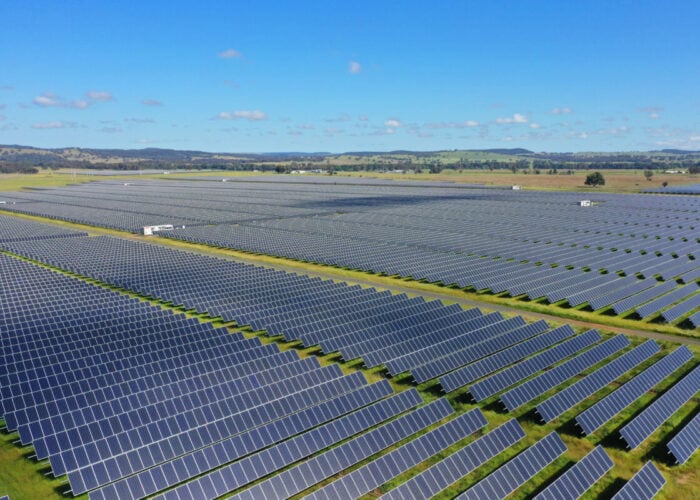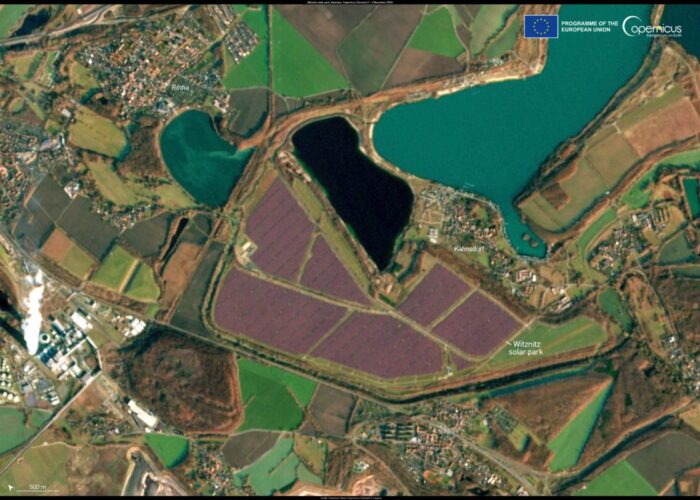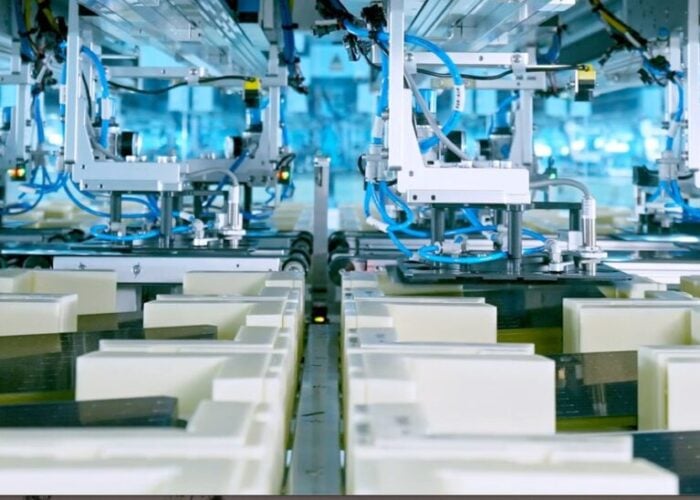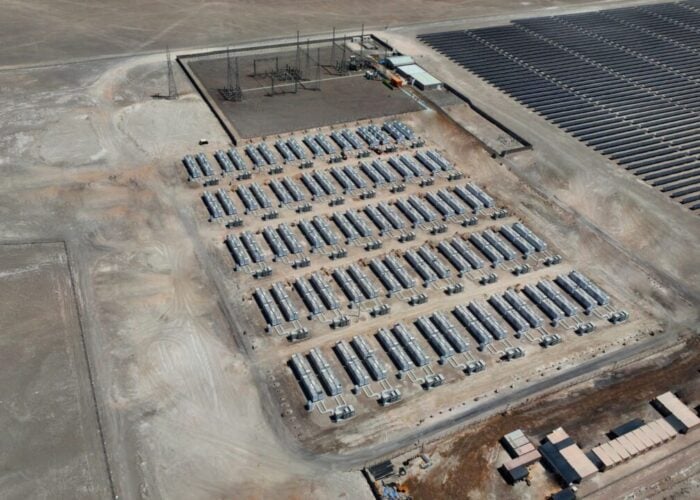Independent research advisory firm Lux Research has claimed in a new report that by 2025, unsubsidised utility-scale solar power will be competitive with natural gas.
The report also argues that the abundance of natural gas could actually aid the adoption and spread of solar energy.
Unlock unlimited access for 12 whole months of distinctive global analysis
Photovoltaics International is now included.
- Regular insight and analysis of the industry’s biggest developments
- In-depth interviews with the industry’s leading figures
- Unlimited digital access to the PV Tech Power journal catalogue
- Unlimited digital access to the Photovoltaics International journal catalogue
- Access to more than 1,000 technical papers
- Discounts on Solar Media’s portfolio of events, in-person and virtual
Or continue reading this article for free
The report, ‘Cheap natural gas: fracturing dreams of a solar future’ is based on analysis of 10 global regions, with forecast scenarios extended to 2030. Using the report’s most likely gas price scenario, the authors argue that solar will become cost competitive against natural gas due to a forecasted fall in utility-scale thin-film system costs, which Lux Research asserts will by 2030 have dropped as much as 39%.
Under the same scenario, the falling costs of solar will bring the levelised cost of energy from utility-scale PV to within US$0.02/kWh of the price of combined cycle gas turbine energy by 2025. Under the ‘most likely gas price’ scenario, gas will be above US$7.60/MMBtu by 2025. The range of scenarios predicts gas prices of between US$4.90/MMBtu and US$9.30/MMBtu, which solar will be capable of competing with by 2020, depending on solar resources.
The report argues that without uncertainty over fuel costs, improvements in solar energy technologies arising from capital expenditure will drive the fall in costs. Solar module efficiencies will increase, with utility scale thin-film system prices dropping from US$1.96/W this year to as little as US$1.20/W in 2030, mainly as a direct result of these improvements.
Lux Research has also predicted that hybrid technologies using solar and gas could be used to facilitate the increase of renewable energy penetration “without expensive infrastructure improvements”.
In spite of the strong case for falling utility scale solar costs, ‘Cheap natural gas…’ argues that the period marking the transition away from subsidies will be “turbulent”. As subsidies expire in key markets including China, Japan and the US, solar power companies will have to move into new regions, either selecting areas with fewer competing gas resources or utilising hybrid technologies of gas and solar in areas where gas is abundant and cheap.
Lux Research associate Ed Cahill, lead author of the report said: “On the macroeconomic level, a ‘golden age of gas’ can be a bridge to a renewable future as gas will replace coal until solar becomes cost competitive without subsidies. On the microeconomic level, solar integrated with natural gas can lower costs and provide stable output.”

